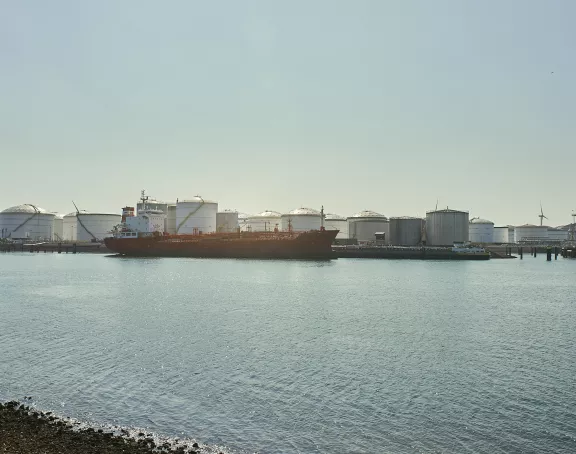Evaluation of Nuclear Energy Act published
By letter dated 27 March 2024, the State Secretary for Infrastructure and Water Management sent the final report of the evaluation of the Nuclear Energy Act to the Lower House. This evaluation was conducted by NRG, Stibbe and Arcadis. At Stibbe, Tijn Kortmann, Anne-Marie Span and Jan van Oosten of Stibbe took care of the legal part.
Review of Nuclear Energy Act
The reason for the evaluation of the system of the Nuclear Energy Act is the State’s intention to build two additional nuclear power plants (see also this post). The aim of the evaluation is to determine whether changes are needed to the system to ensure that these power plants can be safely build and operated. The evaluation was also done to examine whether the current set of legal instruments is adequate to assess the nuclear safety and radiation protection of new developments, such as small modular reactors (SMRs) or other – more innovative – applications for nuclear energy.
The evaluation focuses on two questions:
- To what extent will the Dutch nuclear safety laws and regulations still apply in the coming years, and what adjustments and additions to these laws, regulations and working procedures may be necessary to fulfil the government's nuclear ambition and continue to guarantee nuclear safety?
- To what extent are the assessment criteria in licence applications future-proof?
These questions were asked for three categories of nuclear technology:
- two large new light water-cooled and moderated reactors (the current conventional generation in large format);
- small modular reactors (SMRs) based on conventional reactor technology that are currently or will soon be on the market; and
- more advanced technologies and long-term designs.
The main conclusion of the evaluation is that the Dutch nuclear energy legislation system will continue to apply in the coming years (first two categories above). No major bottlenecks were identified. For more advanced reactor designs, the report is more ambivalent. Mobile nuclear reactors, for example, may require a more creative application of the legal framework.
The evaluation contains a number of recommendations that the Secretary of State will have to work with. These recommendations are the following:
- Currently, international (IAEA) standards and ANVS guidance documents (such as the Guide to the Safe Design and Operation of Nuclear Reactors (VOBK)) are applied when assessing licence applications. By legally enshrining the use of these documents, the familiarity can be enhanced.
- The regulation of conventional (non-radiation-related) environmental aspects of nuclear activities should be clarified.
- The role of and steps within the pre-consultation process between the ANVS and a licence applicant could be more clearly defined.
- More focus should be put in the legal system on the person of the applicant and the licence holder. This is to prevent nuclear activities being carried out by non-bona fide persons or legal entities.
- The ANVS is well positioned at the (inter)national level, but can make improvements at the process and project level.
Borssele Nuclear Power Plant Safety Benchmark
The State Secretary also sent the Borssele Nuclear Power Plant Safety Benchmark report and a translation to the Lower House. In this report it is assessed whether the existing nuclear power plant (KCB) is still among the 25% safest technically comparable power reactors in the European Union, the United States and Canada. This assessment is one of the agreements that the central government made with the owners of the KCB and its shareholders in the Borssele Nuclear Power Plant Covenant in 2006. The conclusion of the assessment is that the KCB is indeed among those 25% safest reactors.
IAEA missions
Lastly, the secretary of state also sent a number of reports by international experts on behalf of the International Atomic Energy Agency (IAEA) to the Lower House. Those reports also contain several recommendations, including on standardisation of licences.
Final observations
Given the current nuclear ambitions, which may not be limited to the lifetime extension of the KCB and two new nuclear power plants, but could also include four new 'large' nuclear power plants and several SMRs, it is good to note that the current system is working well. We await with interest how the recommendations are incorporated in the legal system.



